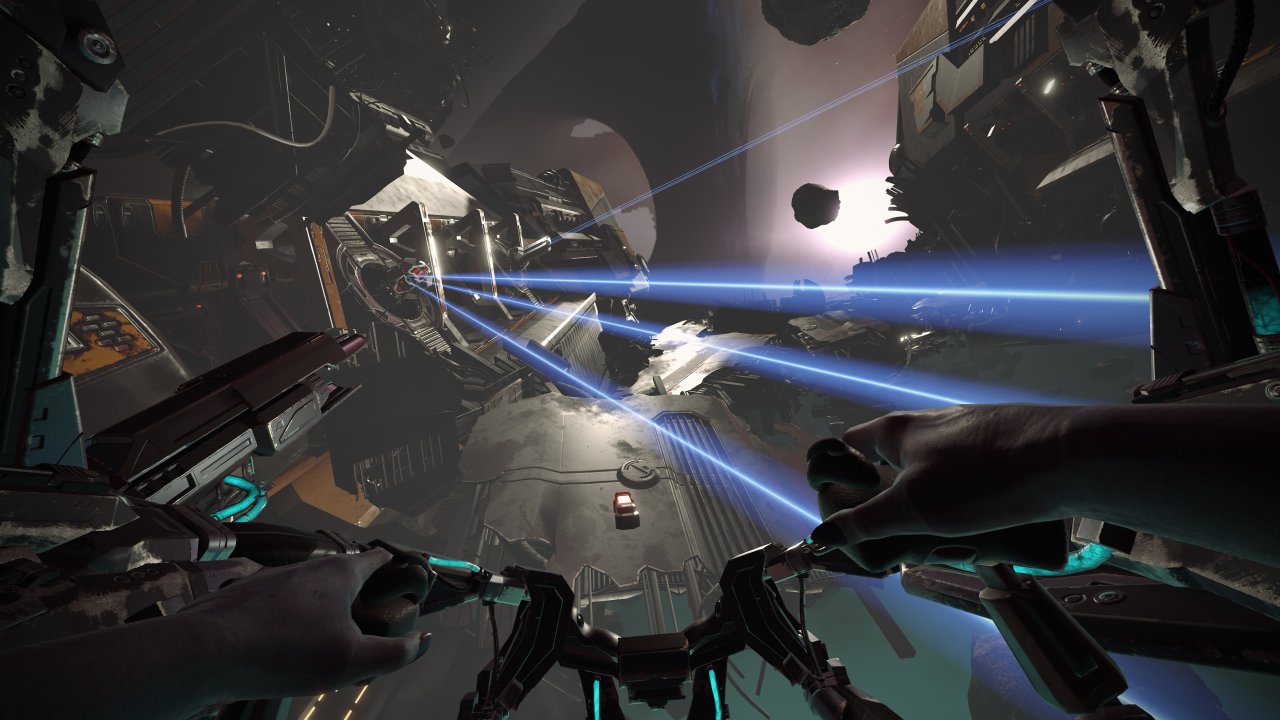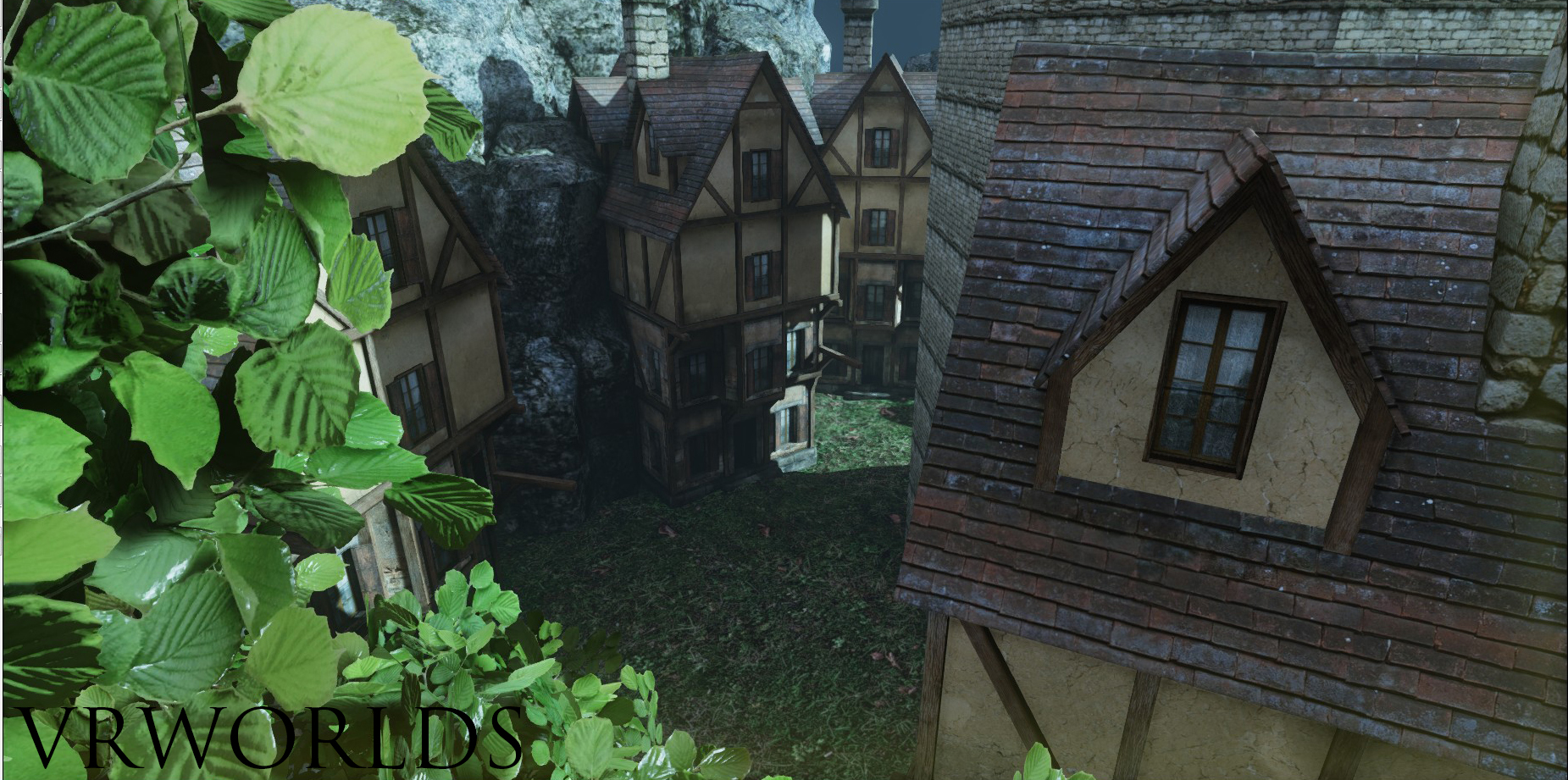

Light propagation, lenses and images, diopters, spherical aberrations, optical distortion more lens aberrations spectral properties the eye as an optical system cameras visual displays.Ĭhapter 5: The Physiology of Human Vision

Geometric modeling, transforming rigid bodies, yaw, pitch, roll, axis-angle representation, quaternions, 3D rotation inverses and conversions, homogeneous transforms, transforms to displays, look-at and eye transforms, canonical view and perspective transforms, viewport transforms. Hardware, sensors, displays, software, virtual world generator, game engines, human senses, perceptual psychology, psychophysics.Ĭhapter 3: The Geometry of Virtual Worlds May be easier for on-line viewing.ĭefinition of VR, modern experiences, historical perspective. Recommended for printing on US Letter paper. Why did I write this? Click here for some answers. In 1968 by Sproull, Foster, and Sutherland (free on-line course), produced by NPTEL and IIT Madras, 2016.įree-use pictures of the pioneering headset demonstrated at Harvard If you redistribute any of this material, please include a link back to this web page. You do not need to ask my permission for using these materials, although I would appreciate hearing from you if you find this material useful.
/cdn.vox-cdn.com/uploads/chorus_image/image/49092739/VR_Worlds.0.0.jpg)

However, I do not take responsibility for your distribution of any copyrighted images contained in this book draft under fair use exceptions. This free VR book covers the fundamentals of virtual reality systems, including geometric modeling, transformations, graphical rendering, optics, the human vision, auditory, and vestibular systems, tracking systems, interface design, human factors, developer recommendations, and technological issues.Īnyone is welcome to download, print, use, copy, and/or distribute anything on this page, either electronically or on paper.


 0 kommentar(er)
0 kommentar(er)
